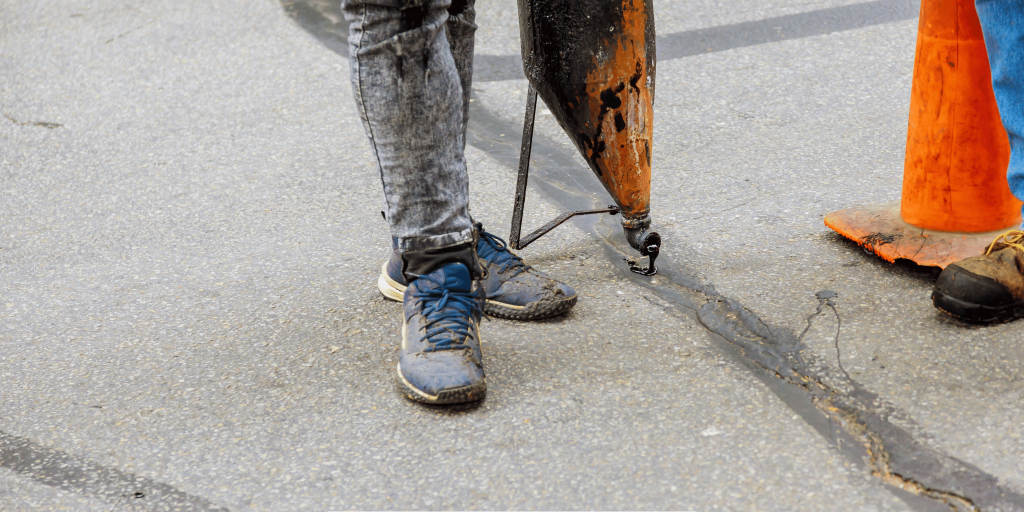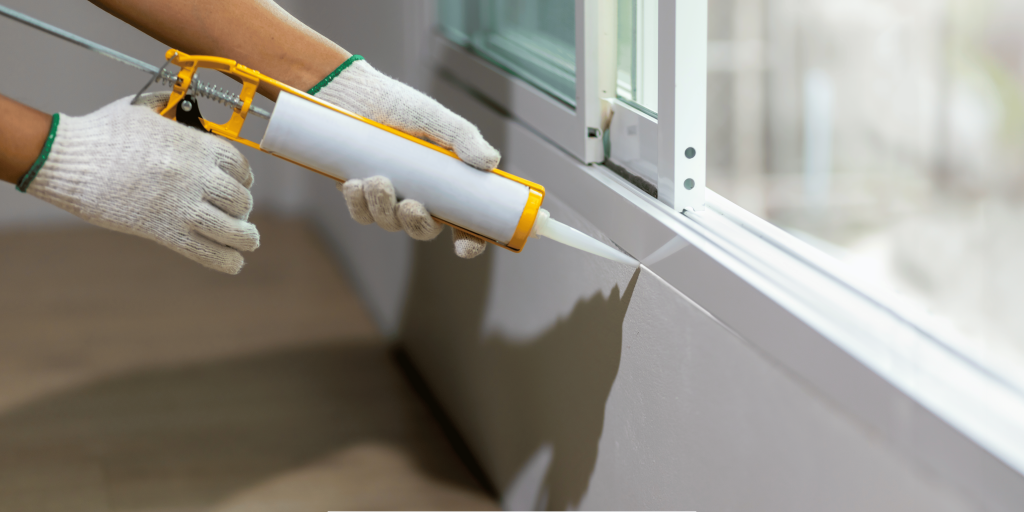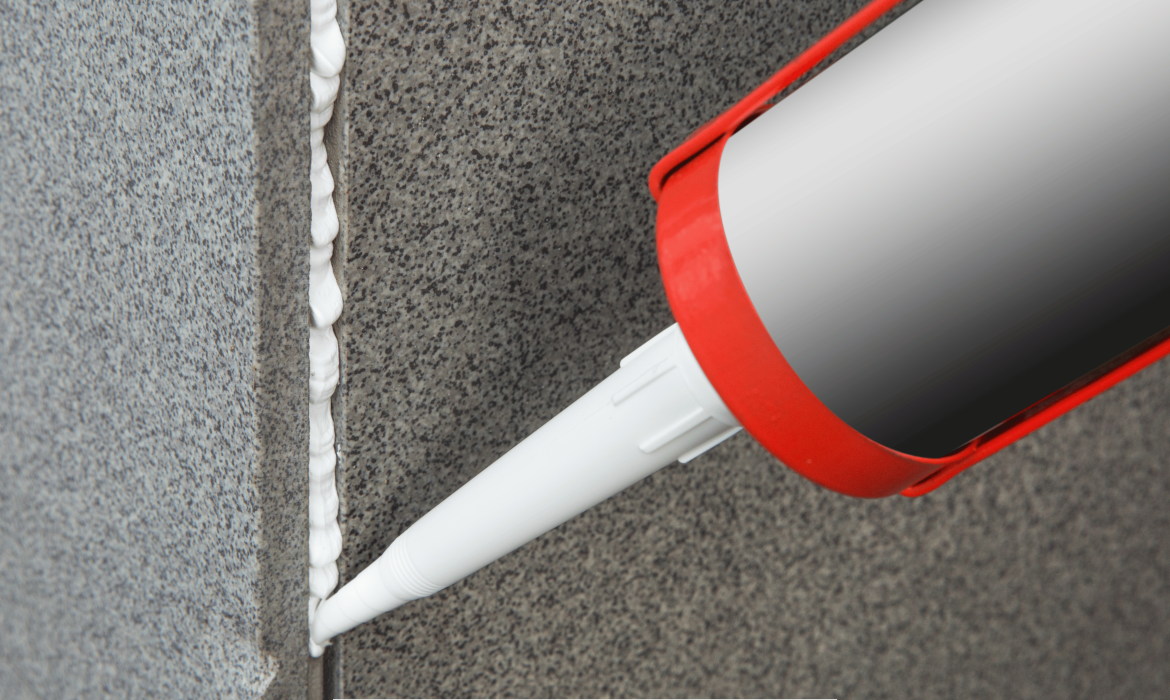Paving sealant is a protective layer applied to asphalt or concrete surfaces such as driveways, parking lots, and walkways. It assists in preventing pavement from getting damaged through exposure to extreme sunlight, chemicals, gasses, oils, and abrasion by motorized vehicles. For anyone who has applied paving sealant, one of the critical questions to answer is how long it takes to cure and dry. The following are some factors that determine the period required in the drying process.
Type of Sealant
There are several significant types of sealants used for asphalt and concrete paving that have different drying times:
Acrylic Sealants – Acrylic emulsion sealants are water-based. Depending on the climate, they take approximately 2 to 4 hours to dry. However, acrylics offer better durability at a relatively lower cost.
Asphalt sealants: Asphalt sealants are made from asphalt, clay fillers, water, and other additives. Depending on the conditions, it may take as long as 24 hours to allow the material to cure completely. Asphalt emulsions give a protective cover.
Coal Tar Sealants – The use of coal tar sealants is more durable. Yet, they have higher VOC concentrations than other types of sealants. It may take up to 48 hours or even more for the coal tar sealant to dry and cure completely.

Environmental Conditions
An increase in temperature, exposure to sunlight, low humidity, or wind flow facilitates the drying process by accelerating the evaporation of water or other solvents in the sealer materials. Cooler temperatures between 50 and 70 degrees F in fall usually require longer for the sealants to dry. The product specifications often provide an estimate of how long it takes for the products to dry under the assumption that the environmental conditions are 77 degrees F, 50% humidity. Deviation from these conditions will affect actual drying rates to some extent.
Number of Coats
Most professional paving contractors advise that it is better to apply two thin layers of sealant rather than one thick layer. The number of coats also influences the total drying time. A second coat cannot be applied until the first coat has thoroughly dried, which increases the total time taken.
Surface Porosity
New asphalt surfaces need some time to cure and for the oils to rise to the surface for the sealant material to penetrate and adhere to the surface. New concrete must also be cured to avoid excessive penetration of sealants meant for low-absorption substrates. This may lead to extended drying times for the sealant where the surface has not had enough time to dry but is highly porous and has soaked up the sealant.
Thickness of Application
Excessive application of sealant can further slowdown the time taken for it to dry. This may result in an uneven coating surface, entrapment of solvents or moisture within the coating, or other issues. The maximum thickness recommended by the manufacturer should not be exceeded. Frequent monitoring of thickness as the sealant is applied yields the best results.
Tire or Foot Traffic
Depending on the conditions and the type of sealant used, it is also unclear how soon tires or foot traffic across the sealed surface can be allowed without interrupting the drying process. Many acrylic sealers follow instructions that prohibit any traffic until the sealer is fully cured. Asphalt emulsions may allow light traffic after 24 hours, provided pedestrians do not twist or turn their feet on the surface as the curing process is still continuing. In general, vehicle traffic is limited to 72 hours. Allowing traffic to pass too early can interfere with the sealant’s drying and curing process.
Recoat Window
A majority of paving sealant products have a recoat window period within which the second coat has to be applied because it will bond with the first coat. This is mainly within the first one to 24 hours after applying the solution to the surface. A common and strict regulation that is violated is the recoat window, which states that the first layer must cure before the second layer is recoated, which inflates total project times.

How to Accelerate Drying
Paving contractors can take proactive steps to reduce drying times whenever feasible:
– It is advisable to apply sealant when the temperatures are expected to be between 80 to 90°F during the day.
– It is preferable to use faster-drying acrylic sealants instead of asphalt emulsions, if the conditions are proper.
– It is recommendable to apply in direct sunlight as opposed to a shaded area.
– It is best to use sealant in the morning rather than late in the evening.
– Use thin layers within the prescribed guidelines.
– Place fans to blow air over the surface that has been sealed.
– Always have a backup crew to split the duties of applying sealant to avoid having the sealant applied too thickly.
– In the recoating process, adhere to the recoat window guidelines provided by the manufacturer.
– Avoid allowing traffic to the site for at least 72 hours.
If the right sealant products and sealing method for the paved surfaces have been used, then the contractor can satisfy the client’s expectation of a well-protected, aesthetic parking lot, driveway, or walkway surface in the least time possible. Concrete paving sealants require some time to cure before they coat thoroughly, and this information assists in planning projects appropriately.

